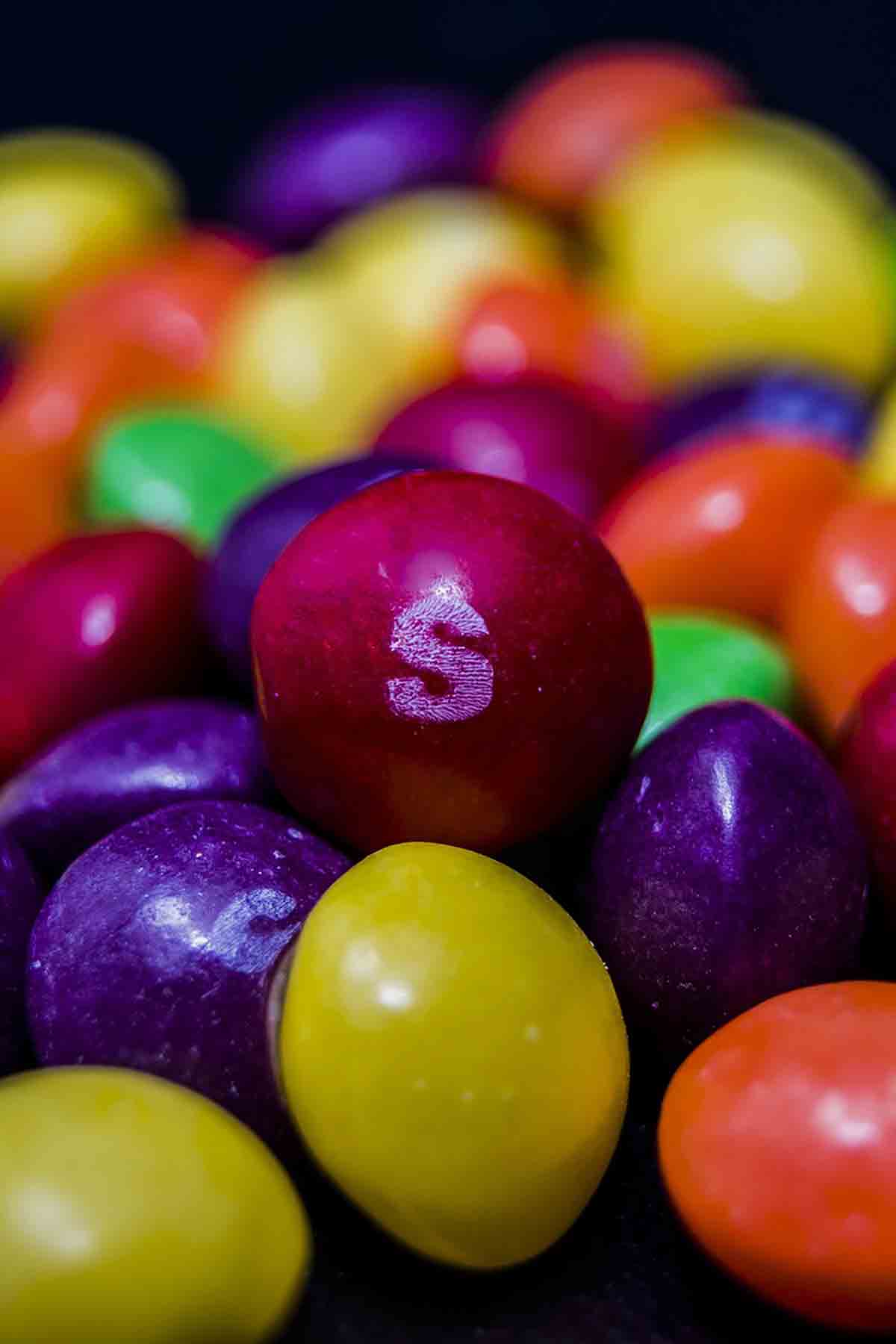Learn about e120, a natural red food additive derived from the cochineal insect. Discover its uses, health concerns, alternatives, and regulations. E120 is a food additive that is commonly known as carmine, cochineal extract, or natural red 4. Despite being considered supposedly safe in doses up to 5 milligrams per kilogram of body weight, it can cause trouble even in doses as small as 1 milligram. Known to cause severe allergies, hyperactivity in children, facial swelling, wheezing, rash, redness.
Some examples of foods that may contain e120 include: Yogurts fruit juices confectionery products alcoholic beverages sausages and other meat products. E120, also known as or cochineal extract, is a common food color additive. Its known for its vibrant red hue, derived from a surprising source: The crushed bodies of female scale insects. This additive is found in a variety of food products. Saffron is food colour 164 in australia (or e164 in europe). Other spices commonly used to add colour to foods include turmeric (e100) and paprika (e160c). These prevent the growth of microbes in food that might make us sick. E220, for example, is sulphur dioxide, a preservative commonly used. E120 is a common food additive that plays a crucial role in nutrition. Also known as cochineal, carmine, or carminic acid, e120 is a natural red dye derived from the cochineal insect. Despite its origin, e120 is widely used in various food products to provide a vibrant red color. E120 is widely used in the food industry as a natural colorant to give various food and beverage products a red or pink hue. It is commonly found in products such as yogurt, candy, fruit juice, and certain processed foods.
E120 is a common food additive that plays a crucial role in nutrition. Also known as cochineal, carmine, or carminic acid, e120 is a natural red dye derived from the cochineal insect. Despite its origin, e120 is widely used in various food products to provide a vibrant red color. E120 is widely used in the food industry as a natural colorant to give various food and beverage products a red or pink hue. It is commonly found in products such as yogurt, candy, fruit juice, and certain processed foods.
Connecticut Lottery Post: Everything You Need To Know About Odds!
Say Cheese Guadalupe County Mugshots: The Complete Guide For Beginners
Odin Record Of Ragnarok: A Father's Love And Duty!
